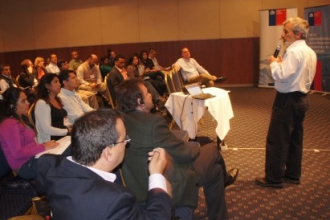Bioremediation Strategy Based on Risk Assessment of Exposure to Residual Polycyclic Aromatic Hydrocarbons
In this study, application of risk assessment was the basis for the selection of an optimum treatment option for the potential bioremediation of a hydrocarbon polluted environment. This approach was applied in a hydrocarbon polluted swampy terrain in the Niger Delta of Nigeria and could actually be applied to any other hydrocarbon polluted environment.


